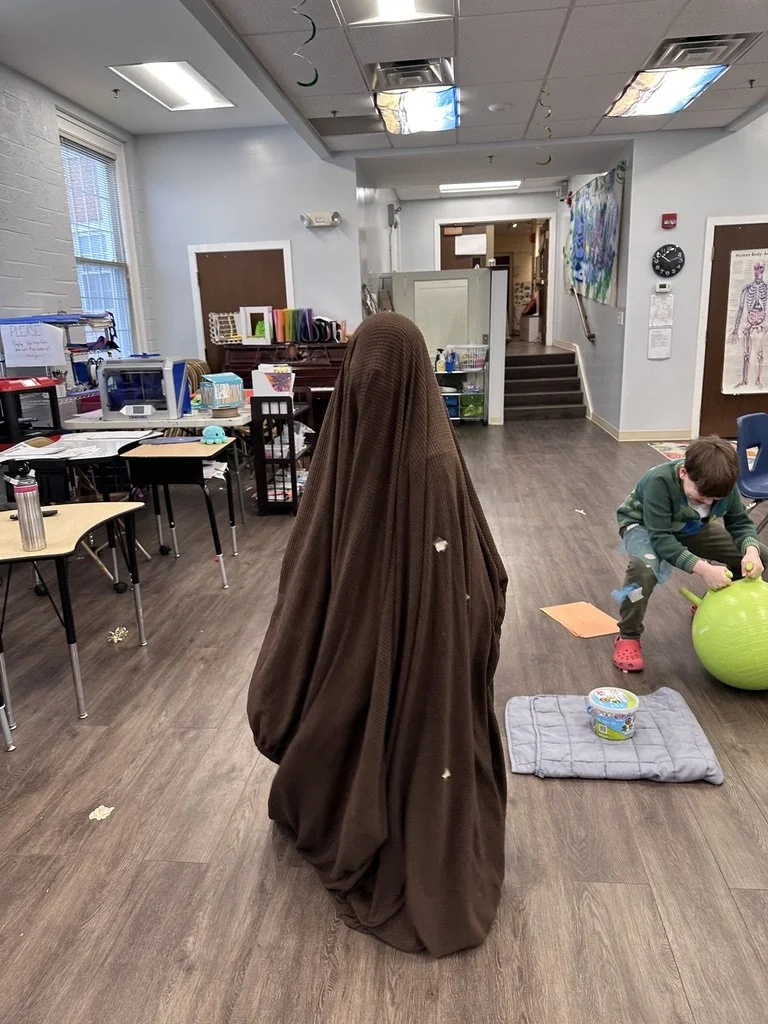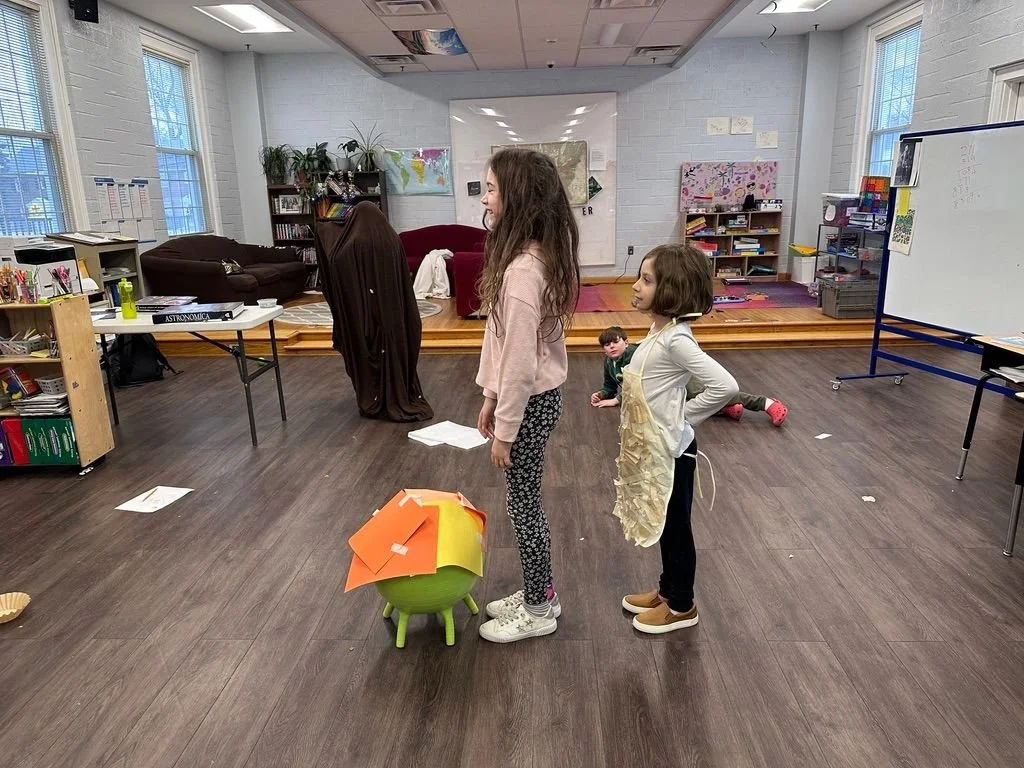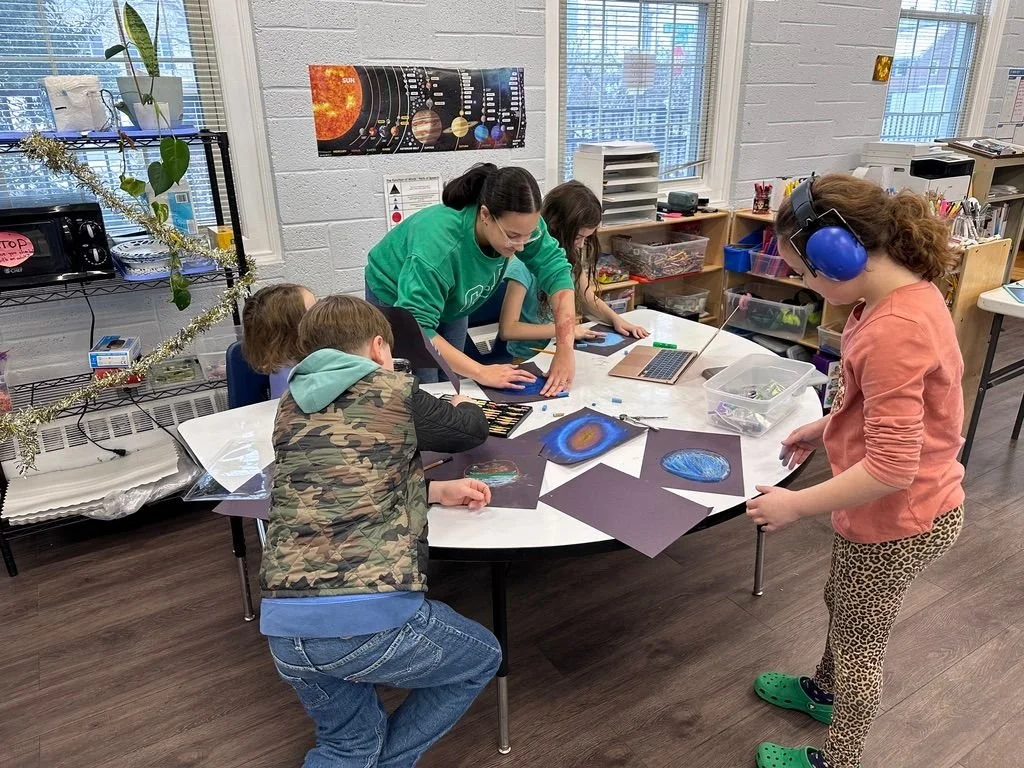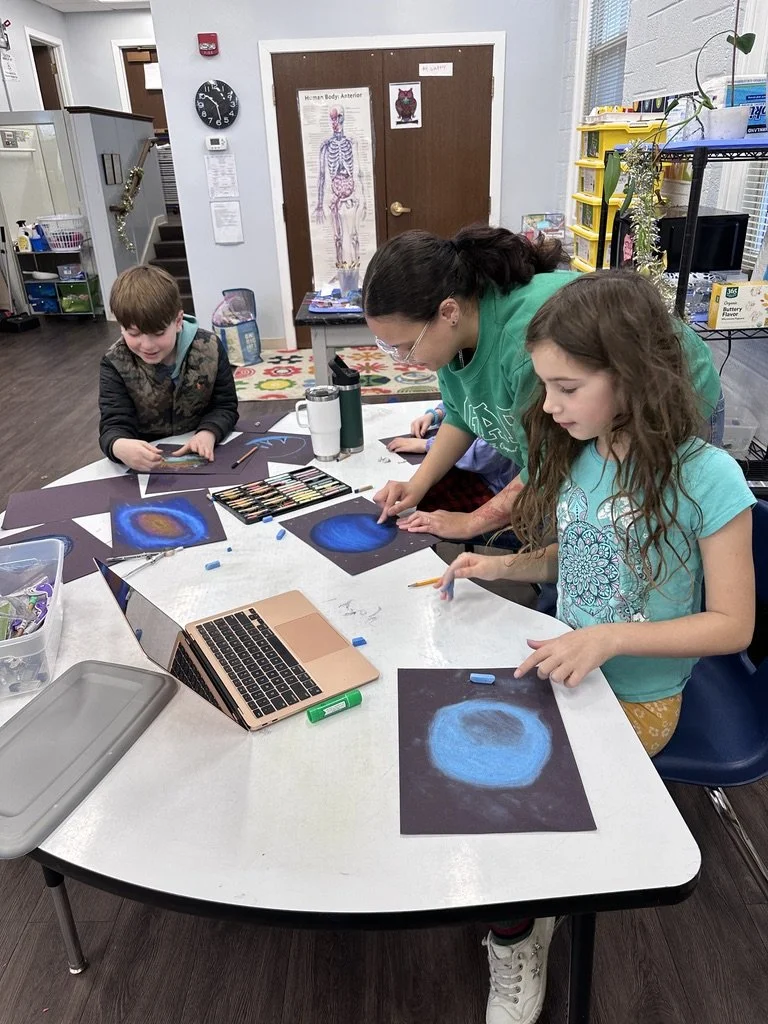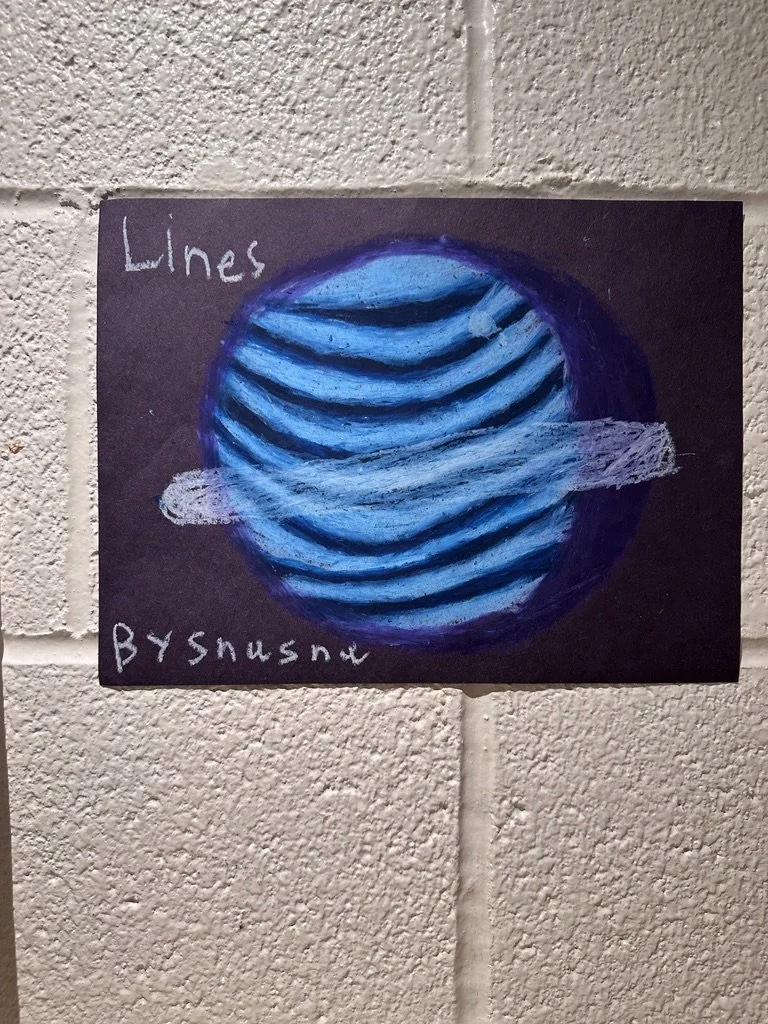Should Learning be….. FUN?!!!?
By Ileana Almog, Upper Elementary Teacher
"This is fun!" declared every adult who stepped into our classroom yesterday afternoon. They weren't wrong - but what they were witnessing went far deeper than simple entertainment.
Our students were engaged in sophisticated scientific and engineering thinking, all while being completely absorbed in the joy of creation.
For over 90 minutes, our classroom transformed into a space engineering facility. Children worked collaboratively to solve complex design challenges:
How could they create an airtight seal for their capsule?
What materials would best protect against radiation?
Where should scientific instruments be placed for optimal data collection?
The cardboard boxes weren't just boxes - they were laboratories for testing hypotheses about structural integrity, spatial relationships, and material properties.
What looked like "just playing" revealed deep learning in action.
One team tackled a critical challenge of space travel by designing interior walls where all equipment could be securely attached - a sophisticated solution to the problem of objects floating in zero gravity.
Nearby, a student carefully combined reflective film and cardboard to engineer windows that would protect the crew from radiation, showing deep understanding of both materials and safety needs.
Another group wrestled with the complex challenge of creating airtight seals between plastic crates and cardboard boxes, working to build a multi-chamber vessel that could sustain life in space.
The students even engaged with modern technology meaningfully, using AI to design logos for their space exploration companies - in the process, learning valuable lessons about clear communication and iterative refinement as they practiced prompt engineering to achieve their desired results.
The neuroscience behind this kind of engaged learning is fascinating but simple:
When children are deeply interested and having fun, their brains release dopamine - a neurochemical that helps direct attention and consolidate memories.
In other words, the very thing that makes an activity engaging also makes it more likely to create lasting learning.
This is why a child can remember intricate details about something they care about while struggling to retain disconnected facts.
What's particularly powerful about this kind of exploration is how it naturally integrates multiple disciplines. While building their spaceships, students were:
Applying mathematical concepts through measurement and spatial reasoning
Engaging with scientific principles of materials and design
Developing literacy through specialized vocabulary and procedural thinking
Strengthening social skills through collaboration and communication
Building executive function through planning and problem-solving
The "fun" we witnessed wasn't separate from learning - it was evidence of learning in its most natural and effective form.
When children are so engaged that they lose track of time, when they face challenges with persistence rather than frustration, when they spontaneously share discoveries with peers - these are signs that deep learning is taking place.
As we develop the next generation of scientists, engineers, and innovators, we would do well to remember that their most profound learning often happens not when they're memorizing facts, but when they're fully immersed in meaningful exploration. The joy we see isn't just a bonus - it's a crucial indicator that the brain is primed for deep, lasting learning.
Our cardboard space station may be temporary, but the thinking skills, creativity, and scientific curiosity it fostered will have lasting impact. That's the real power of "fun" in learning.
- Ileana Almog
Springwell Upper Elementary Teacher



